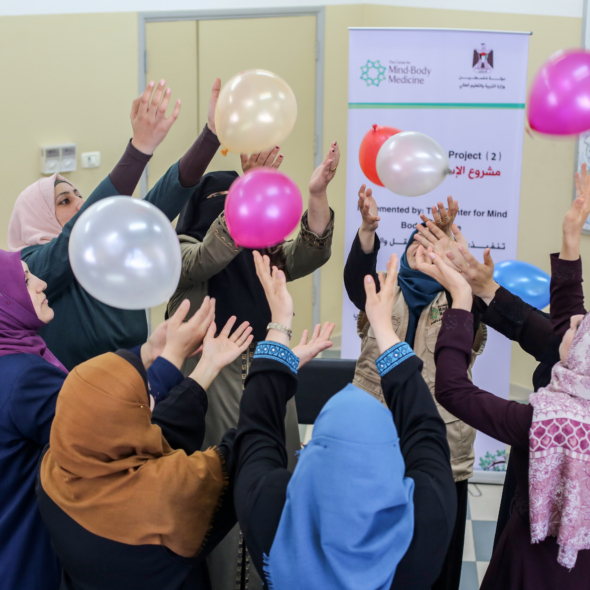Spring has sprung as nature’s magic unfolds before our eyes. Winter’s barren land is now a carpet of flowers and greens. Shopping at the farmer’s market puts the freshest veggies of the season on your plate but how else can you connect to nature’s rhythm? Sprouting edible seeds! Seeds carry almost everything needed to form into a plant. With a little water, the seed is awakened and life springs into action. Eating sprouted seeds is a way to capture the essence of spring and a plethora of nutrients.
You’ve probably passed by packages of science experiment-looking sprouts in the grocery store or buy them regularly paying a premium because you know they are good for you. With a little daily attention, you can sprout your own seeds for a fraction of the cost. Look in the bulk section of the grocery store for dried lentils, mung and adzuki beans. Packets of radish, alfalfa and clover seeds can be found in specialty grocery or garden stores and online.
What you’ll need:
- Wide-mouth glass quart jar
- Mesh screen/cheese cloth with rubber band OR sprouting lid (found online)
- Filtered water
- Seeds
How to sprout:
1) Place 1-2 tablespoons of seeds in jar.
2) Fill jar with water and soak seeds for 8 hours or overnight (out of direct light.) If you don’t have a sprouting lid, simply place a piece of folded cheesecloth or mesh screen over jar’s mouth and secure with rubber band.
3) Pour off soaking water and fill jar with fresh water, then strain again. Keep the lid on while you strain, as to not lose any seeds.
4) Twice a day (morning and night) fill the jar with fresh water and drain. Place jar in a dark corner of the counter, away from direct sunlight. When using small seeds, it’s best to keep the jar tipped upside-down in a bowl. No matter how well you think you’ve strained, too much water can be left behind, making the seeds mushy.
5) After a couple of days, seeds will form little tails. The sprouting has begun! Keep draining twice a day but now place the jar in direct sunlight so they can absorb the sun’s rays and boost chlorophyll production. The entire process should take 4-6 days depending on seed type and room temperature.
[slideshow_deploy id=’6476′]


